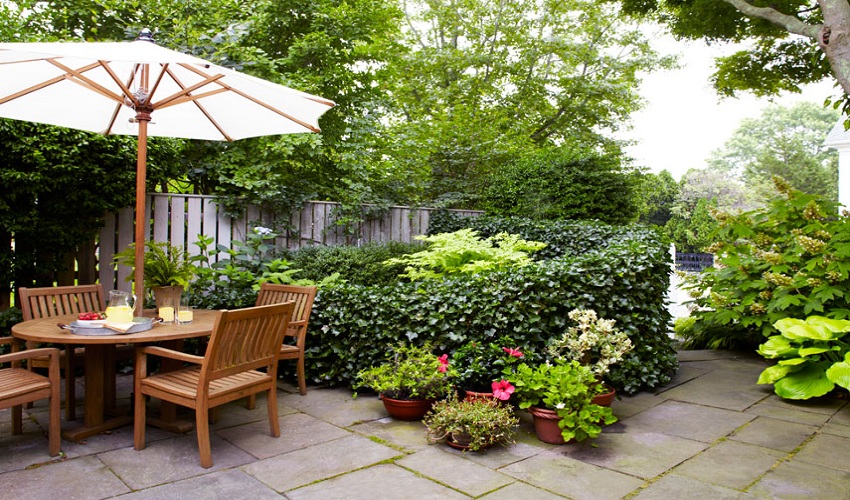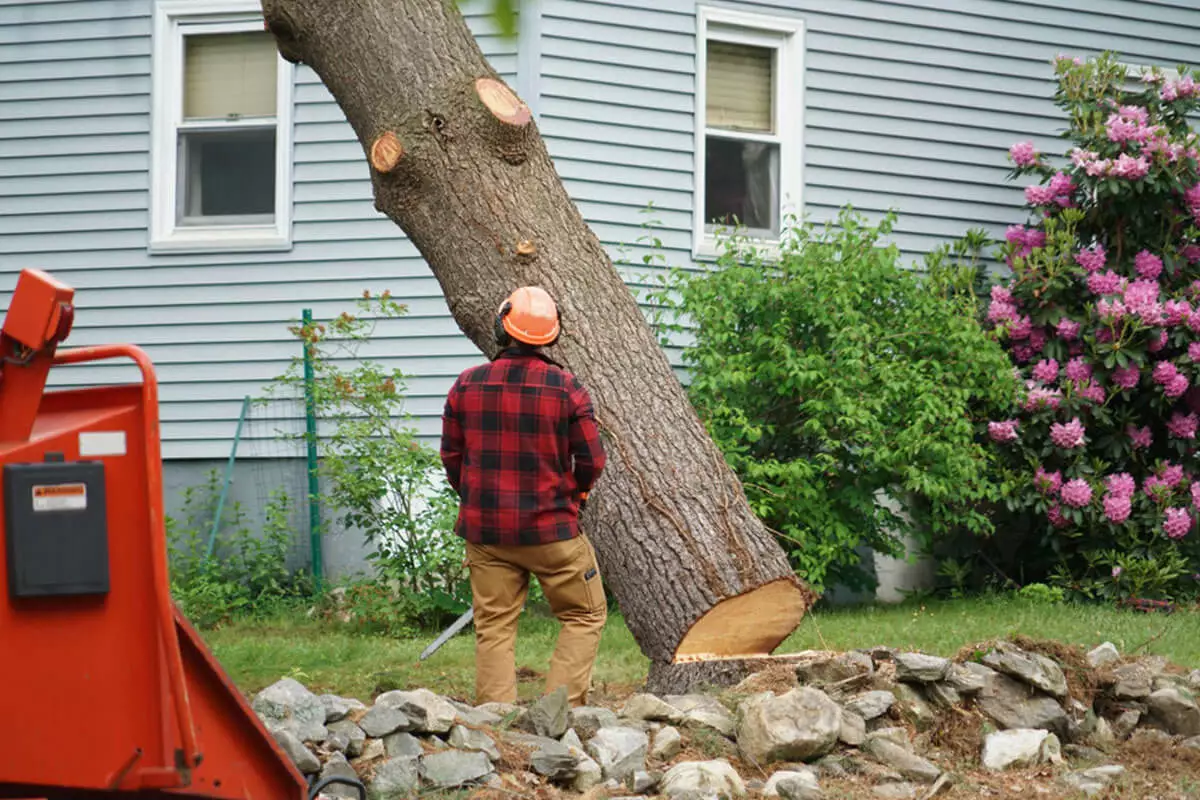Getting the most out of your landscaping efforts often involves using the right materials effectively. For gardeners in Cumming, one such material that stands out is pine straw. Let’s delve into how to maintain your pine straw mulch best as the seasons change.

Table of Contents
Introducing Pine Straw
If you are new to gardening, you might wonder, “What exactly is pine straw?” Simply put, it’s the fallen needles from pine trees collected, cleaned, and processed for use as garden mulch. Pine straw, especially in areas like Cumming, is an excellent choice for gardeners looking to beautify landscapes and protect plant beds. It is economical, attractive, and hosts a multitude of uses.
Why Pine Straw is Essential to Your Garden
Pine straw plays a vital role in maintaining soil health. It reduces soil erosion, retains moisture, prevents weed growth, and, as it decomposes, enriches the soil with nutrients. This biomass makes it an invaluable element for any garden. Learn more about the multitude of uses and benefits of pine straw in this deep-dive blog post.
But how do you maintain the pine straw mulch in different seasons throughout the year to ensure maximum benefits to your garden? Here are some tips.
Spring Maintenance
Spring is a time of rebirth and growth. As the temperature warms up, it’s time to refresh your garden. Start by raking or integrating the pine straw with the soil. Then, add a fresh layer of pine straw mulch to replenish nutrients and suppress the weed growth.
Summer Maintenance
During the scorching summer heat, pine straw mulch protects your plant beds from extreme temperatures while retaining garden moisture. Remember to water your garden in the morning and ensure the mulch is moist but not overly damp.
Autumn Maintenance
As leaves tumble down in the fall, collect them and add a new layer of pine straw to ensure nutrients keep replenishing the soil and your garden is ready for winter.
Winter Maintenance
During winter, pine straw mulch serves as an insulation layer to the plants, protecting them against harsh winter frost. Beware not to over-mulch as it can suffocate plant roots and inhibit growth.
Discover Pine Straw
Are you thinking of using pine straw for your garden? You can find a selection of high-quality pine straw in Cumming that fits your garden’s needs.
In conclusion, by performing seasonal maintenance on your pine straw mulch, you can improve soil health, conserve moisture, and protect your plants – boosting your garden’s overall aesthetics and productivity throughout the year.
Explore this blog to expand your knowledge on the role of pine straw in soil health. Happy gardening!
FAQs
Is pine straw suitable for all types of plants?
While most plants benefit from pine straw mulch, acid-loving plants like azaleas, camellias, roses, and rhododendrons mainly thrive on it.
How often should I add new pine straw mulch?
Generally, it would be best to renew your pine straw mulch at least once in the spring and once in the fall to maintain its efficacy.
Can pests reside in pine straw mulch?
Though rare, improper maintenance can lead to pests. Always ensure your mulch is moist but not overly damp to prevent pests.
Does pine straw mulch attract termites?
No, pine straw mulch does not attract termites.
Remember, to maintain a thriving garden, plan your gardening activities according to the seasons and care for your pine straw mulch accordingly.

Shery Walls is a dedicated home blogger who has been blogging for over six years. She covers everything home related. Shery also loves writing posts about her travels to Europe with her husband and two children.





